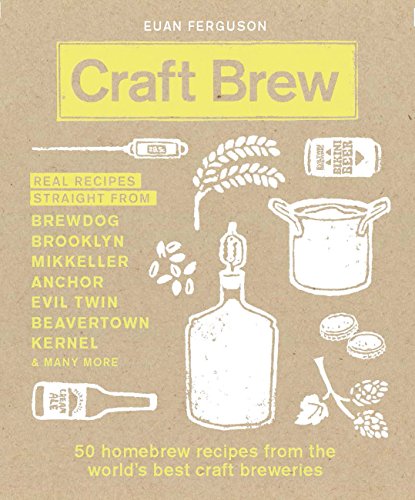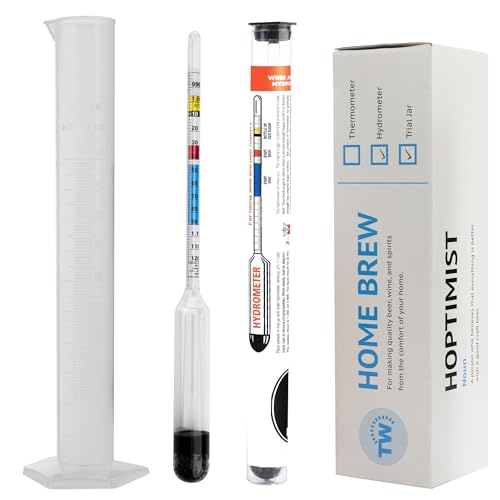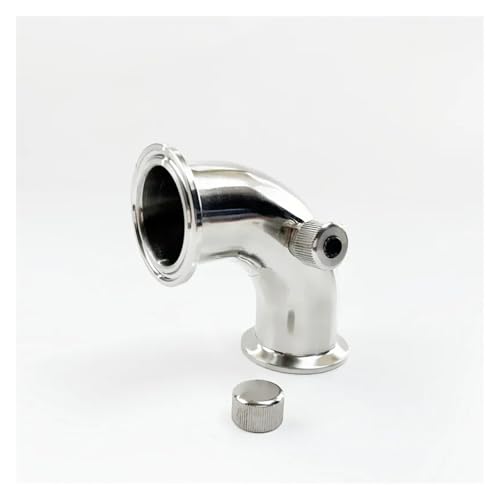BigJC
Active Member
New to brewing, new to this forum.
Last week I took a spontaneous leap into the world of home brewing a bought a Coopers English Bitter kit. It's been fermenting away for the last week and all looks ok at the moment. Having read a few threads on this forum I've decided to leave it in the fermenter for another week before bottling rather than after six days that the instructions call for.
I'm having a bit of difficulty in reading the hydrometer as the beer is still quite cloudy and there is a bit of a frothy head in the tube, any advice?
I'd also like to increase the hoppiness of the beer but have no idea of how to do it. I've looked at one of the homebrew sites and found vacuum sealed hops and hop pellets for sale, what's the difference and how do I use them?
If I wanted to increase the ABV what should I do?
Many thanks in anticipation......
Last week I took a spontaneous leap into the world of home brewing a bought a Coopers English Bitter kit. It's been fermenting away for the last week and all looks ok at the moment. Having read a few threads on this forum I've decided to leave it in the fermenter for another week before bottling rather than after six days that the instructions call for.
I'm having a bit of difficulty in reading the hydrometer as the beer is still quite cloudy and there is a bit of a frothy head in the tube, any advice?
I'd also like to increase the hoppiness of the beer but have no idea of how to do it. I've looked at one of the homebrew sites and found vacuum sealed hops and hop pellets for sale, what's the difference and how do I use them?
If I wanted to increase the ABV what should I do?
Many thanks in anticipation......


























![BREWING THERMOMETER STICKERS ACCURATELY MONITOR FERMENTING BEER & WINE LIQUID TEMPERATURES 5PCS HOME BREW SPIRITS WINE LCD ADHESIVE [US]](https://m.media-amazon.com/images/I/311DDjo2X3L._SL500_.jpg)















